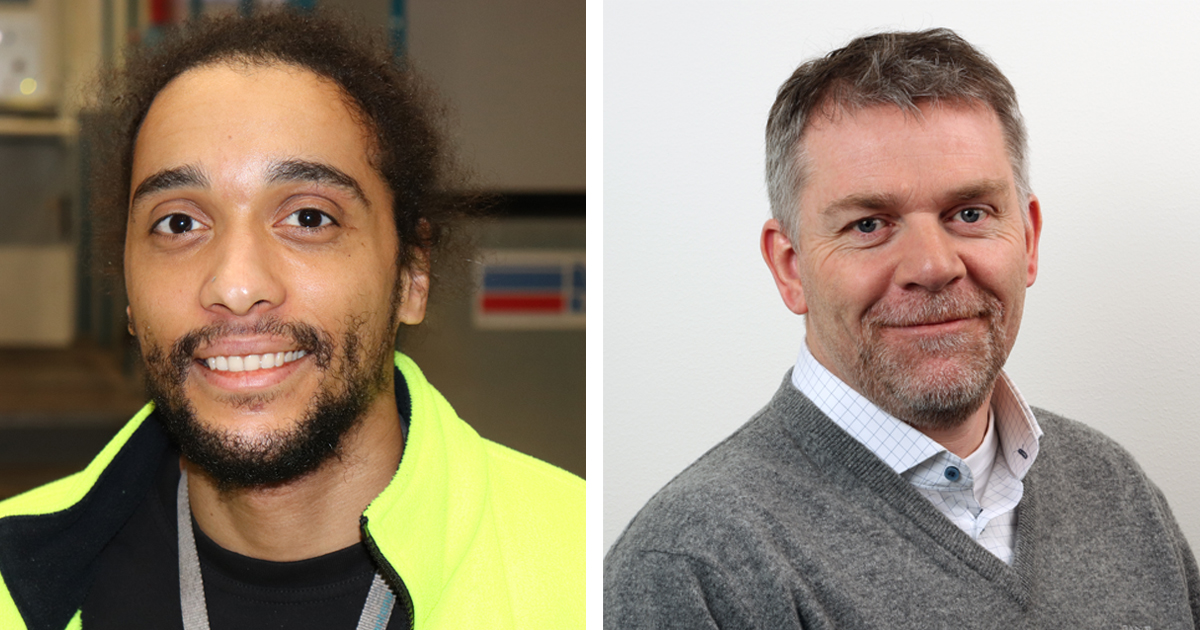Maintenance provider Mantena gets support from The Research Council of Norway for an important digitisation project.
Mantena has a strong focus on innovation to enable it to deliver modern maintenance services adapted to the new rail sector. The company has now received funding from the Research Council of Norway for a project to look into 3D scanning and ‘digital twins’ of rolling stock and components.
The project in question is one of three ongoing research projects Mantena is currently running with SINTEF Digital. Initially, support has been granted for a preliminary project to look into the use of images, 3D laser scanning and 3D camera technology to build up a library of 3D representations of components and assemblies of 3D components for systems and vehicles.

Petter Lefoka / Tron Ranvik
Many advantages
Project owner Tron Ranvik says that 3D scanning is useful for many reasons, and that re-engineering is an important part of this.
“A frequent challenge for us is that access to parts for older machinery can be limited or non-existent, or that lead times are very long. The manufacturer of the original part may no longer exist, and it will be costly to start fresh production of parts. Another challenge may be inadequate drawings and maintenance documents because the trains have been modified since they were new. With 3D scanning, we can create digital models of components and parts, which allows us to produce new production drawings and maintenance instructions, among other things.”
Digital twins
Another important goal of the preliminary project is to investigate the possibility of producing replacement parts based on ‘digital twins’. A ‘digital twin’ is a widely used term in the industry when it comes to digitisation processes. In simple terms, this is a virtual copy of something physical, which can contribute to efficiency and cost reduction by creating better products.
Project manager Petter Lefoka believes it is important to find a functional solution to implement digital twins effectively in the maintenance work at Mantena. “We want to have our components digitally available in a clear and simple system that skilled workers and people in other key roles have access to. One aim of the project going forward will be to define a functional solution for digital twins,” says Lefoka.
Hoping to carry the work forward
Now Ranvik and Lefoka are hoping to take the project forward. So is Vibeke Skytt, senior researcher at SINTEF Digital. “This is a project of great technological and research interest which also has a practical application,” she says.
